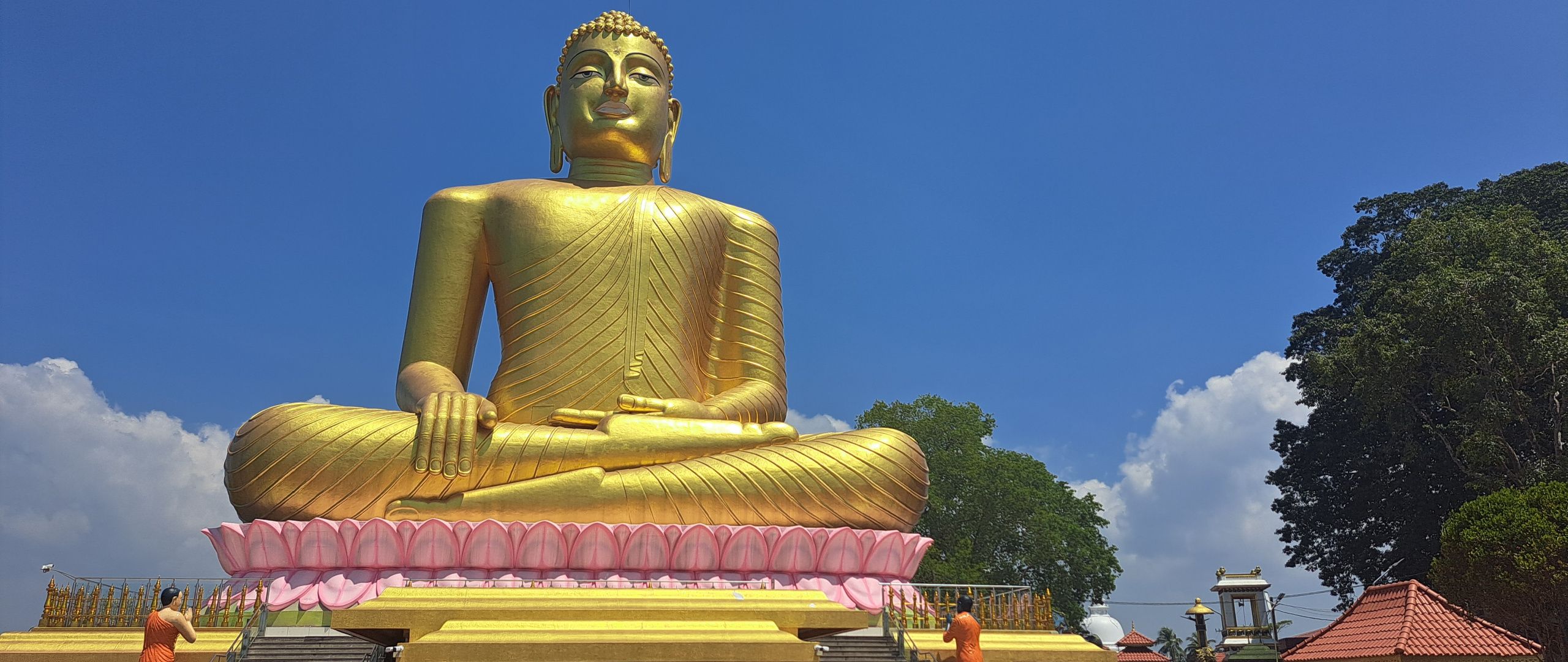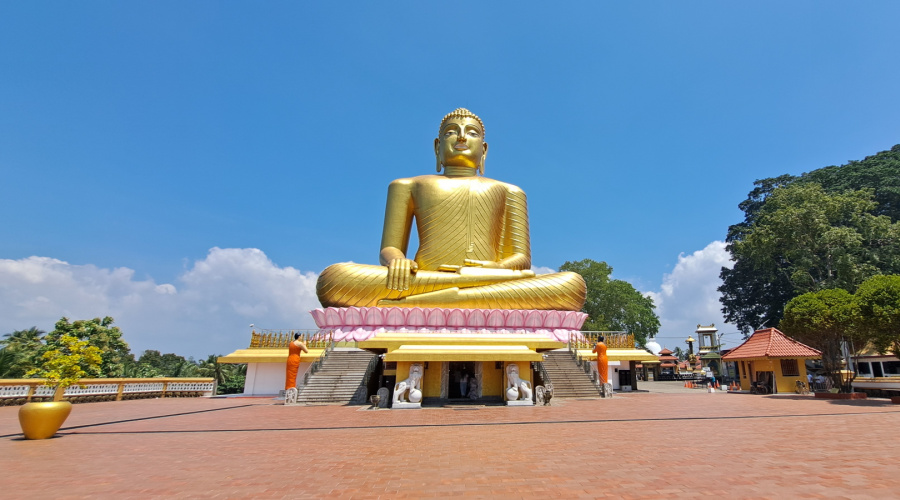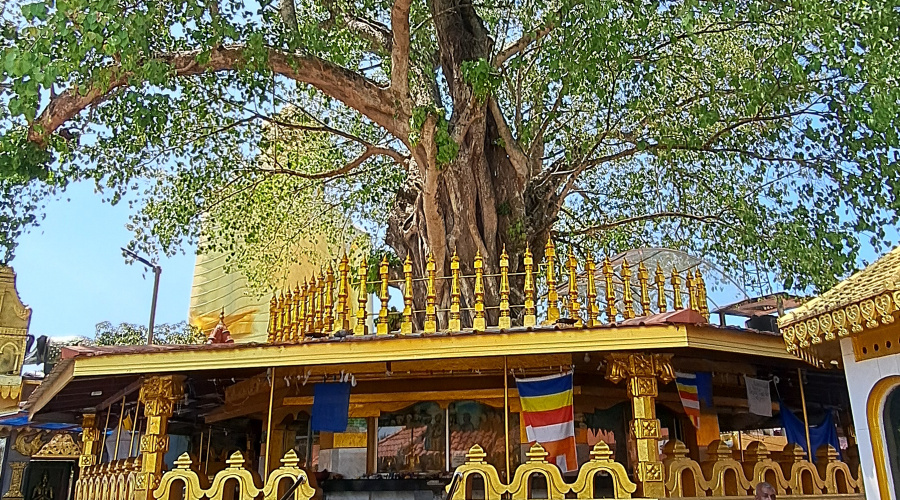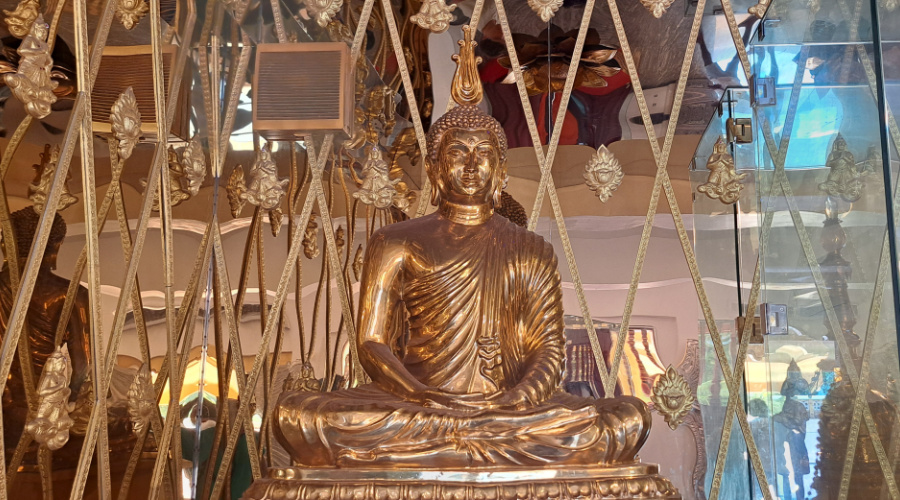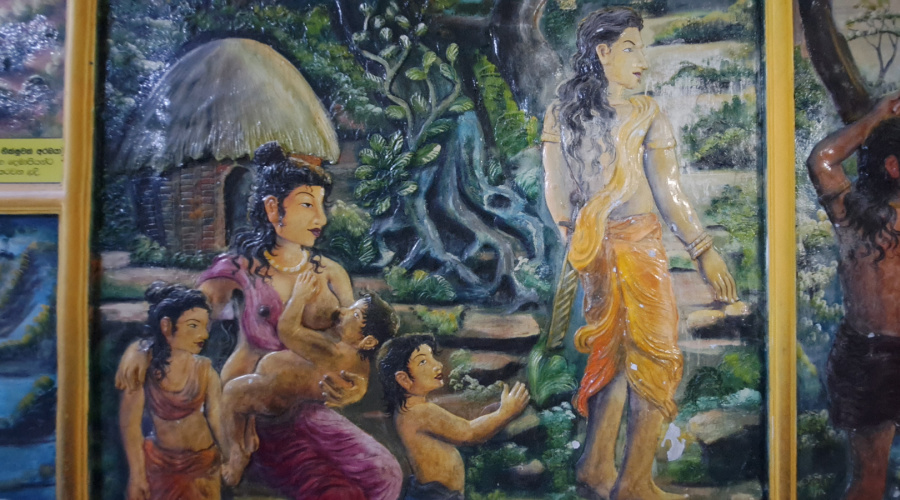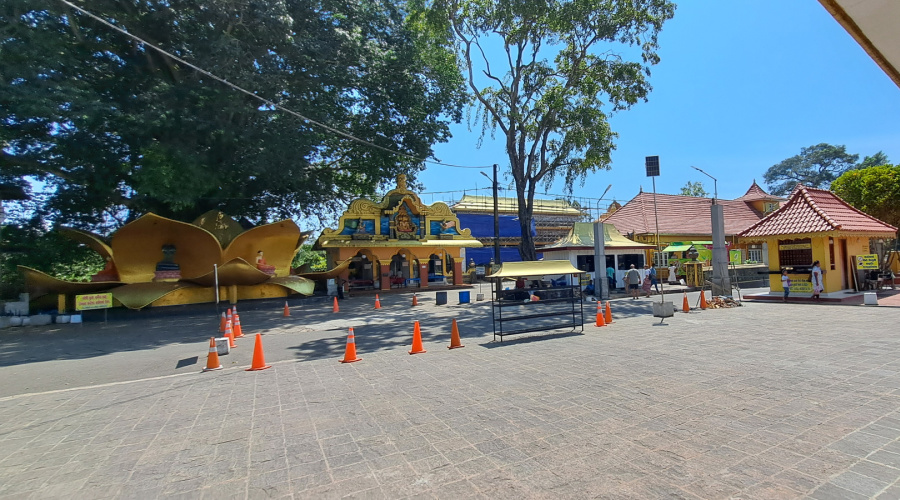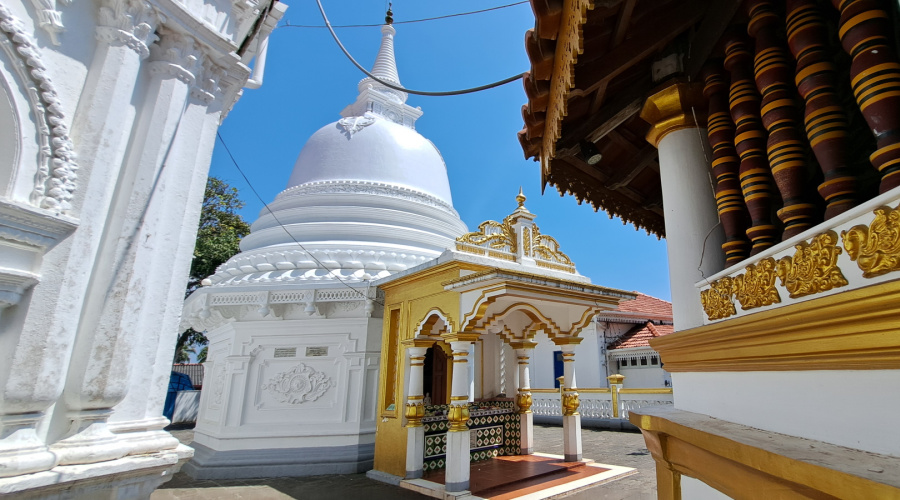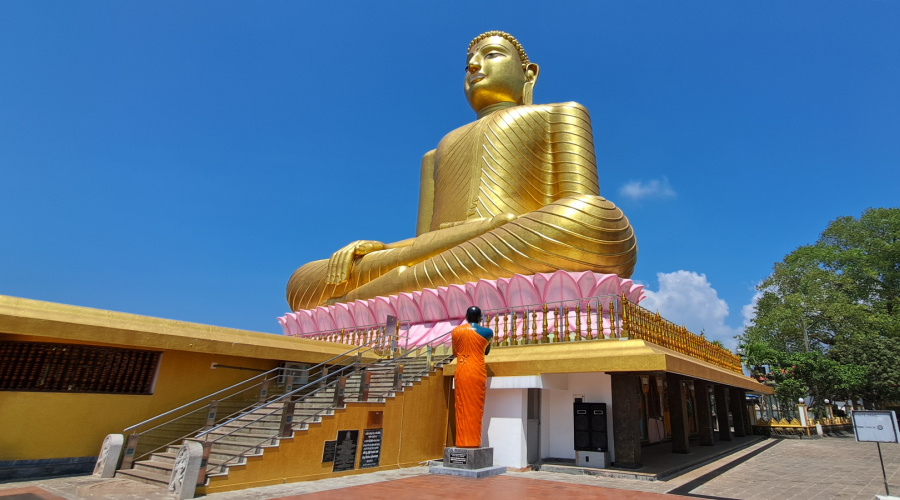Kande Viharaya Temple
The main attraction of the temple is the gigantic Buddha statue, unveiled in 2007. Standing nearly 50 meters tall, it is the world’s tallest seated Buddha statue depicting the Bhoomisparsha Mudra. Kande Viharaya is an architectural marvel, combining traditional Sri Lankan temple design with colonial influences. The temple layout follows the typical Sri Lankan Buddhist temple structure:- The Stupa (Dagoba): a bell-shaped structure representing the spirit of the Buddha and the universe. The stupa at Kande Viharaya is a focal point for devotees.
- Bodhi Tree: the sacred Bodhi tree at Kande Viharaya is a descendant of the original tree under which the Buddha attained enlightenment. It is one of the most revered elements in the temple complex.
- Vihara Mandiraya: the Vihara Mandiraya houses statues and frescoes depicting various scenes from the life of the Buddha. The artwork here is an excellent representation of traditional Sri Lankan temple murals, believed to have been painted during the latter half of the Kandyan period in Sri Lanka. Paintings illustrating the life of Lord Buddha, along with various statues, can be found throughout the temple.
- Drum Hall (Hevisi Mandapaya): this hall is used for ritual drumming that accompanies temple ceremonies and pujas (offerings). The rhythmic sounds are an integral part of the temple’s spiritual atmosphere.
- The temple’s statue house consists of an inner and outer chamber. The inner chamber features three Buddha statues in standing, seated, and reclining postures.
Kande Viharaya Meditation Center
Kande Viharaya is not just a temple; it is a living institution that plays a crucial role in the spiritual life of Sri Lankan Buddhists. The temple is a center for meditation, learning, and religious observance. It offers Dhamma sermons, Pali language courses, and teachings on Buddhist philosophy. For many Buddhists, visiting Kande Viharaya is a pilgrimage that brings them closer to the teachings of the Buddha. The serene surroundings of the temple make it an ideal place for introspection and meditation. Many visitors come to practice Vipassana meditation, a core technique in Buddhist practice aimed at gaining insight into the true nature of reality. Upon entering the temple, visitors must ensure they are dressed respectfully, with shoulders covered and legs covered up to the ankles. The temple is open daily from 06:00 AM to 07:00 PM. Entry is free.
